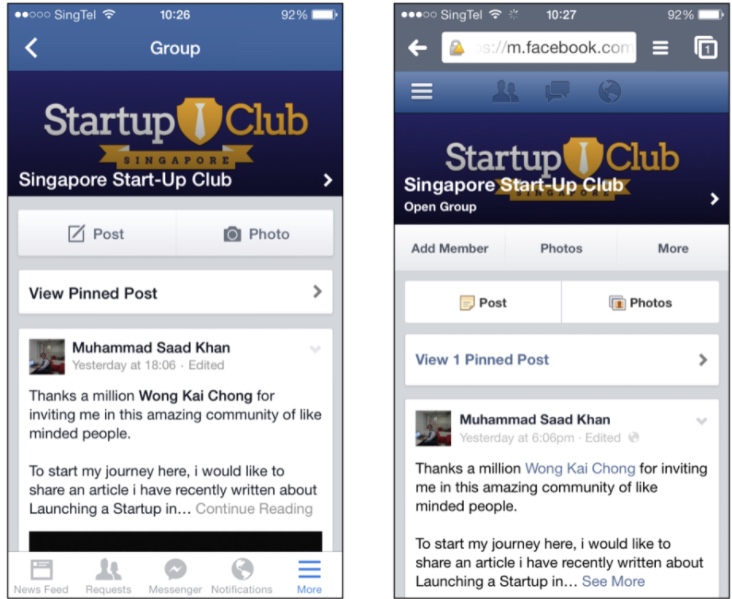ShoutOutz distributes personalised videos messages from stars to their fans in Thailand.

Cameo is the market leader in this business, but it is focused on the US market.

While ShoutOutz is not developing an original concept, it is not doing a simple replication of an established foreign operation. The entertainment and media sectors of South East Asia are significantly less mature than in the USA. Further more, the payment methods for online retail are very different, just as the cultural and legal aspect of digital media aren't following the same dynamics.
ShoutOutz main activities are the sourcing of talent for content creation, the negotiation of contractual terms for the content production and distribution, the development and operation of a platform for online retail, the promotion of the talent and business on social media, and the redistribution of revenues to the talent.
The platform for online retail is a custom-built system, where a storefront implemented in React.js (multi-page application), a backend service implemented in Django, a notification gateway to Line, a payment gateway running within a Celery/Django framework, a powerful relational database and internal tools for management, automatisation of tasks and reporting, which are implemented with a variety of technologies. All of these components operate in the Cloud, using GCP and AWS.
Sourcing the talent for content creation means finding celebrities, prioritising their relevance given ShoutOutz strategy, contacting and contracting individuals in order to make them available on the platform for their fans to order personalised video messages. These steps required much manual work, but also some centralised tools to coordinate the effort, facilitate information sharing amongst the team and track the progress of the activity.
Operationally a business like ShoutOutz can be seen as an online retail operation, integrated with a just-in-time product manufacturing and approvisioning line. The interesting variation is the integration of stars into the content production process.
In bootstrapping an online retailer in Thailand, it is critical to analyse how the customer's front-end will be built. These days, the big question is whether to go "app" or "web". An app (native application) is an Android or iOS smartphone/tablet software that will be downloaded from Apple's App Store or Google Play. Using the "web" means accessing the front-end through a browser (Chrome, Safari, etc), which means it is accessble on most devices and computers in the market today, including things like smart TVs!

The advantages of providing an app is a close integration use of customers' device capabilities, a blending into other functions of the device such as sharing and notifications, and the ability to operate even if the device isn't connected to the internet. The disadvantage of the app is the high probability of having to develop both an Android and an iOS version, the complexity of adapting the UI to a wide variety of devices, the unavailability of the app on laptops and desktops, the overhead of deploying the app on the Apple's App Store and Google Play, potentially having to maintain multiple versions of the software simultaneously and the revenue sharing enforced by (at least) Apple for content sales.
The advantages of the web approach are the availability of the service on phones/tablets/computers, a single code base for servicing all devices, a single version of the service being used, the immediate availability of updates, and the wide variety of payment methods without added fees on content sales. The disadvantage of the web are the slower interactions felt by the users due to frequent network access, the limitations in accessing device valuable resources (for example computing power or local storage), and the added UI/UX complexities from supporting both mobile devices (small screens, touch screens) and computers (large screen, mouse/keyboard).
After weighing the pros and cons of each approach, it was decided to provide the customer front-end through a web site.
Once this was decided, the next step was to pick between a custom development and an e-commerce platform (Shopify, BigCommerce, Wix, etc). The elements to study for making an informed decision are described in the E-COMMERCE PLATFORMS VS CUSTOM DEV technology chapter. For Shoutoutz, the custom development was selected primarly for the lack in popular e-commerce platforms of comprehensive solution for Thailand payment methods, the expectations that a close Line messaging integration would be required, and the desire to have a very flexible UI to experiment freely with the local market to find the best way to fit within the bulk of online retail activity and stars/fan exchanges, which is mostly Facebook/Instagram/Line based.
